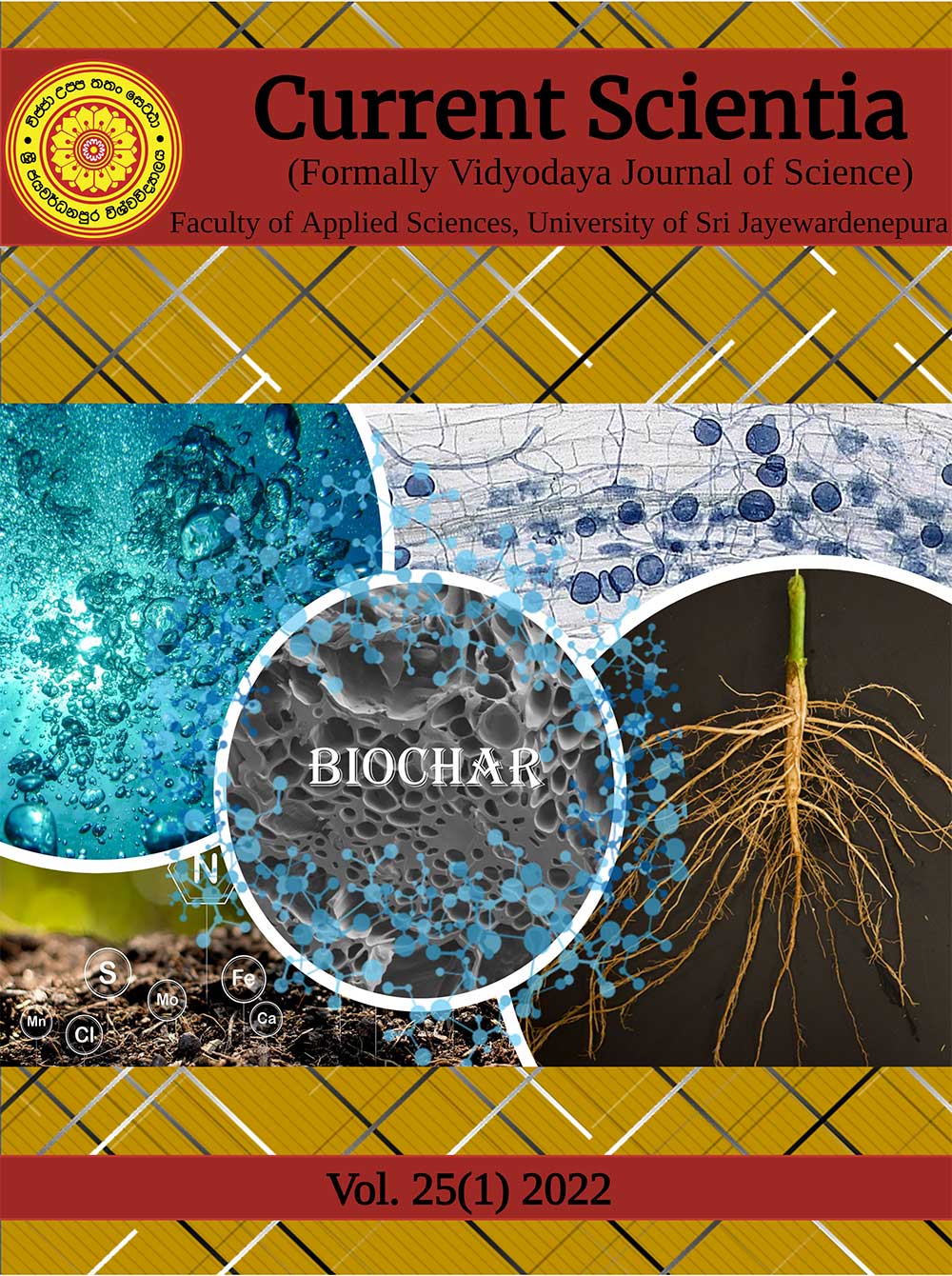Urea-Hydroxyapatite-Polymer Nanohybrids as Seed Coatings for Enhanced Germination
DOI:
https://doi.org/10.31357/vjs.v25i01.5924Abstract
Modern agriculture practices play a vital role in fulfilling the doubling food demands of the increasing population. In particular, several attempts have been made to enhance the nutrient supply and plant uptake process in different growth stages of plants, but little effort has been made to enhance the nutrient status of the seeds at the seedling stage. At this stage of growth, phosphorus is the most essential nutrient, and the requirement is high, while nitrogen requirement is very low. This study focuses on developing a seed coating containing urea-modified hydroxyapatite nanocomposite to supply N and P to the seedlings in a controlled manner throughout the early growth stage. A nanohybrid based on urea-modified hydroxyapatite was synthesized using an in-situ sol-gel method and further combined with an alginate/cellulose polymer to develop the coating. Seed coating was realized using a dip coating method containing calcium chloride as the cross-linking agent. Seed germination experiments were conducted under laboratory conditions according to a randomized complete block design under constant light conditions, controlled humidity, and temperature. The structural features of the nanocomposite were studied using powder X-ray diffraction, Fourier transform infrared spectroscopy, and scanning electron microscopic data was used to analyze the morphology. The formation of HA nanoparticles was confirmed by powder x-ray diffraction patterns that revealed the characteristic peaks for (002), (211), (300), and (202) planes of HA. Furthermore, the successful insertion of urea into the HA lattice was corroborated by both the powder X-ray diffraction and Fourier transform infrared spectroscopic techniques. Nanocomposite coatings of 50 -100 μm demonstrated excellent compatibility with the surfaces of the seeds. Seed coating composed of hydroxyapatite-urea (1:0.3) treatment revealed an increase of 124.6%, 147.6%, 100%, and 166.7% in average biomass, root length, number of roots, and maximum plant width, respectively, compared to the control, after 21 days of planting.
Keywords: Urea Modified Hydroxyapatite, Nanocomposite, Alginate, Carboxymethyl Cellulose, Seed Coating, Germination.




